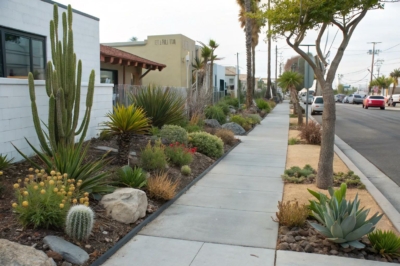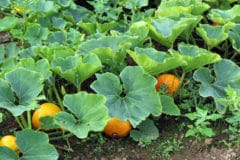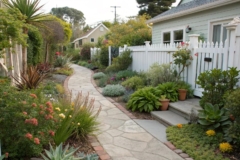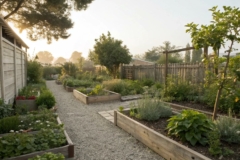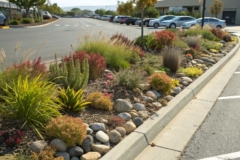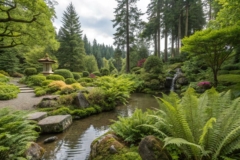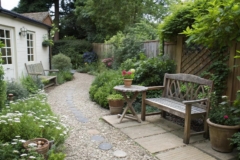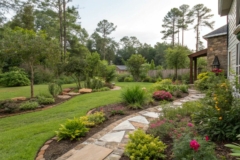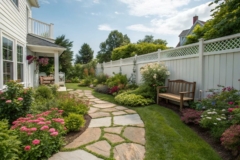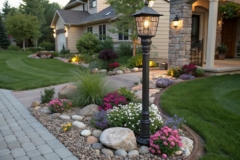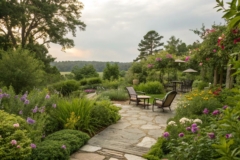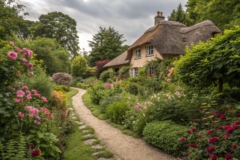1. Go Native with Drought-Resistant Beauties
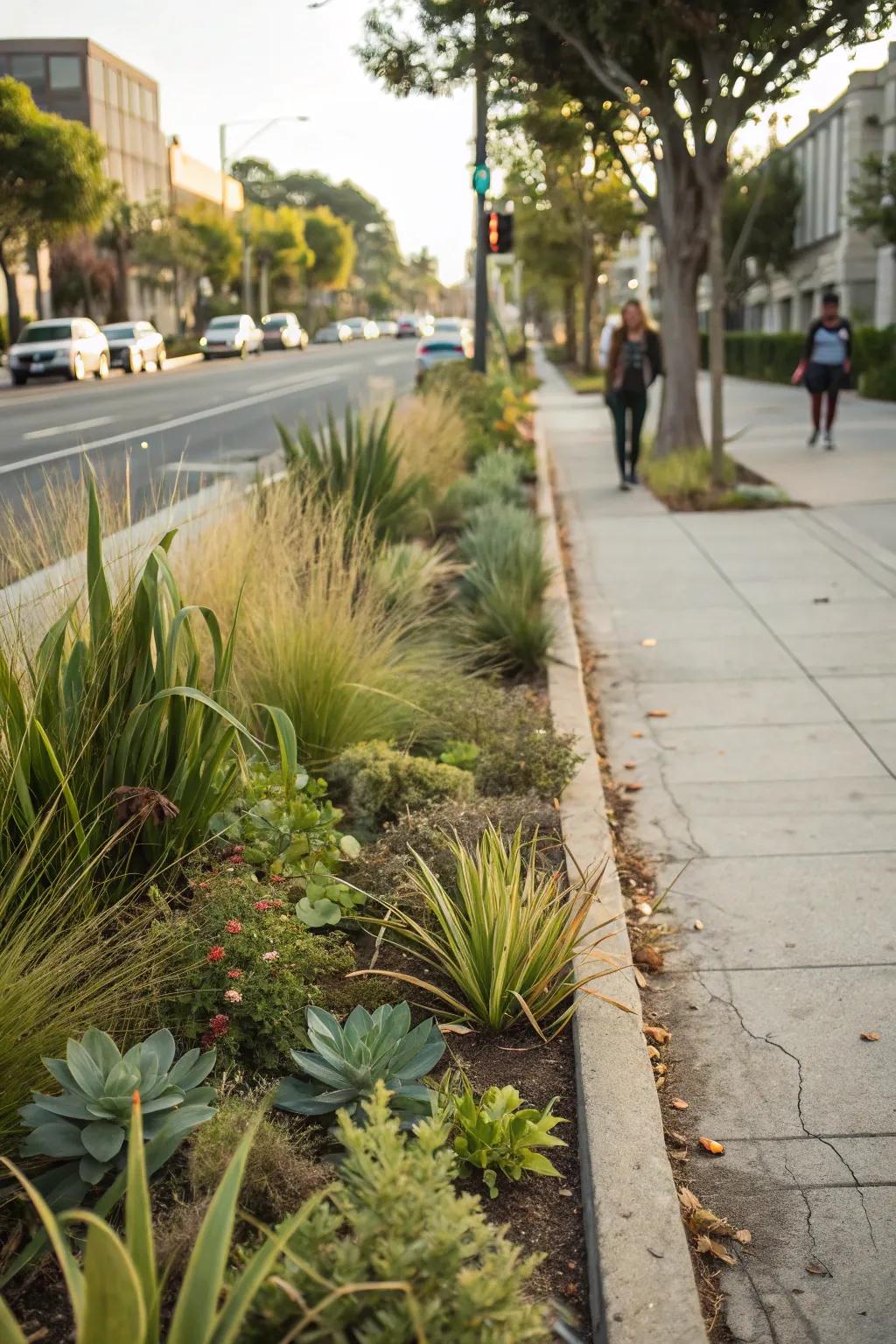
Native plants are your best friends in a hellstrip. They’re naturally suited to the local climate, meaning less watering and more thriving. In my garden, I love using native grasses and succulents to keep things simple and stunning.
You might like:
- Native Grass Seed Mix: Transform your hellstrip effortlessly with this native grass seed mix, ensuring lush, low-water growth.
- Succulent Plant Collection: Revitalize your garden and reduce watering with these easy-care, eye-catching succulents.
- Drought-Resistant Plant Fertilizer: Boost growth of your drought-tolerant beauties with this specially formulated plant fertilizer.
2. Experiment with Colorful Foliage
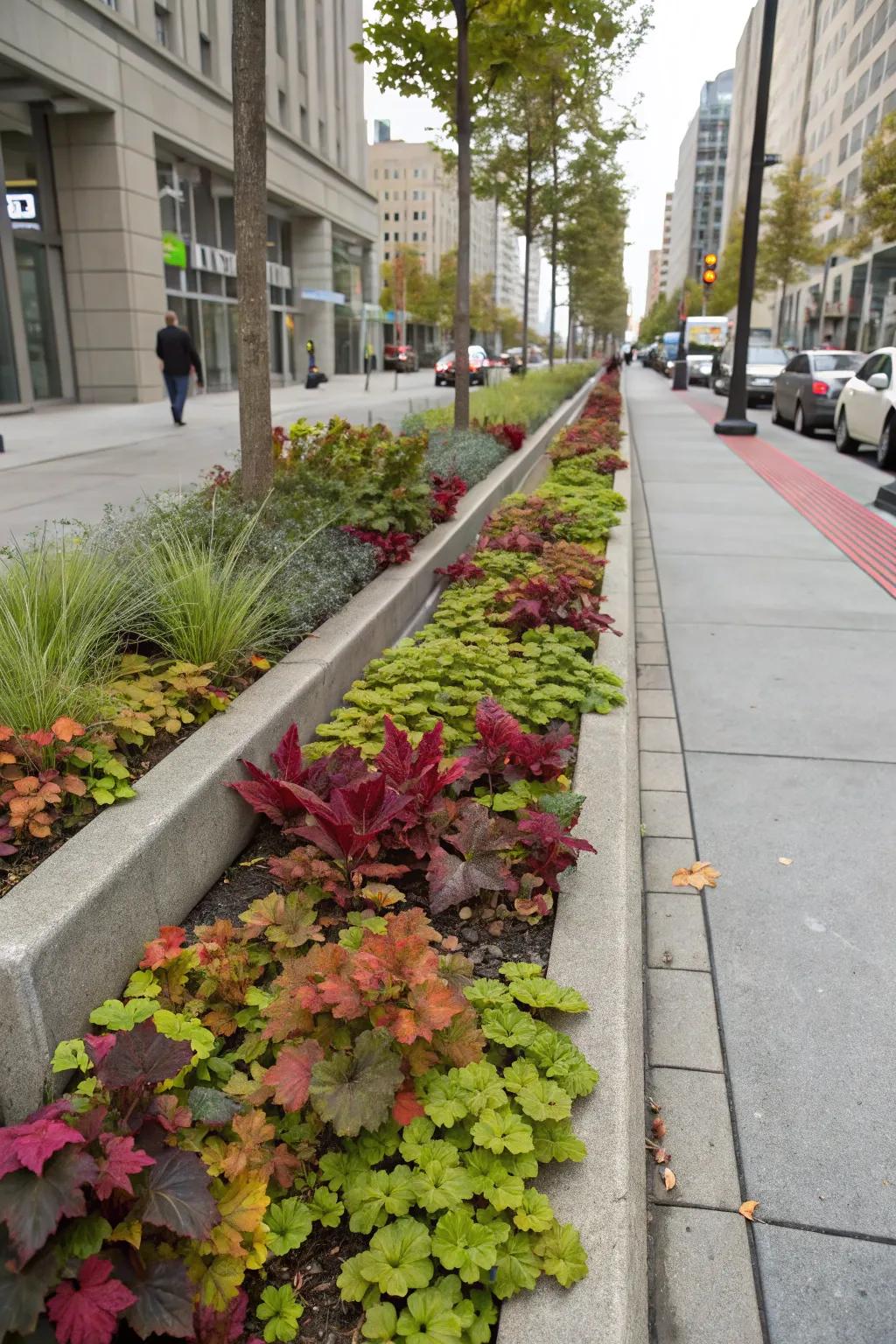
Incorporate plants with colorful foliage for a pop of color. I’ve found that plants like heucheras add unexpected vibrancy to my hellstrip.
Some ideas to consider:
- Heuchera Plant Seeds: Bring stunning color to your hellstrip with vibrant heuchera foliage. Easy to plant and maintain.
- Colorful Foliage Plant Collection: Discover a variety of colorful foliage plants to add diversity and vibrancy to your garden space.
- Low Maintenance Ground Cover Plants: Enhance your hellstrip with low maintenance ground cover plants. Perfect for any urban landscape.
3. Make Use of Mulch
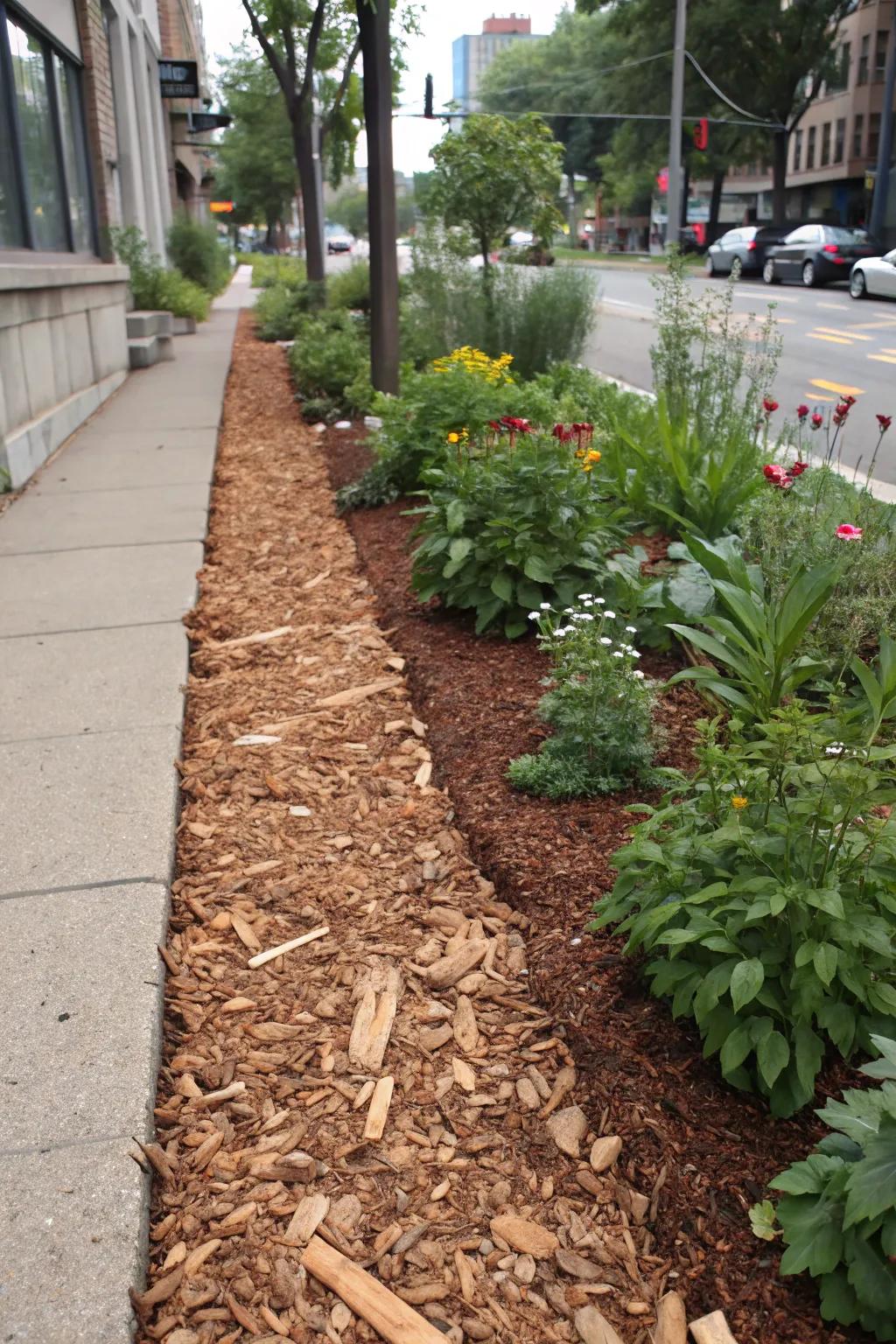
Mulch helps retain moisture and suppress weeds. I love using bark mulch for its natural look and efficiency in keeping the soil happy.
Some handy options:
- Bark Mulch: Enhance moisture retention and weed control with bark mulch for a natural garden look.
- Mulch Rake: Easily spread your mulch evenly with a sturdy mulch rake for perfect coverage.
- Garden Edging: Keep mulch tidy and contained with flexible garden edging perfect for any landscape design.
4. Add a Rock Garden Twist
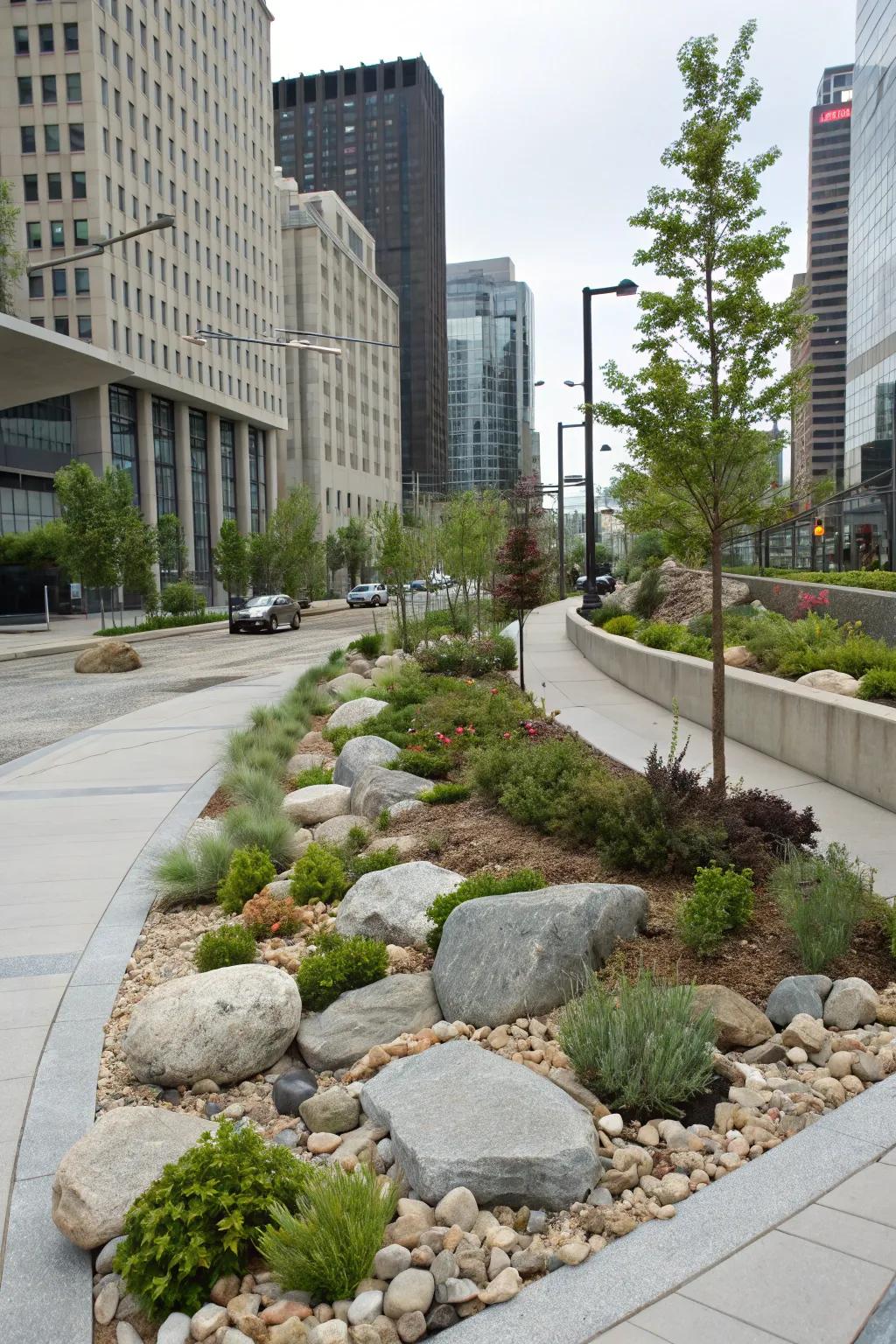
For an ultra-low maintenance option, consider a rock garden. I’ve found that incorporating decorative stones with alpine plants adds a unique touch.
Useful items to consider:
- Decorative River Stones: Enhance your garden with natural stones for a seamless, low-maintenance landscape design.
- Alpine Plant Mix Seeds: Grow diverse alpine plants effortlessly and add vivid greenery to your rock garden.
- Landscape Fabric: Use landscape fabric to effectively control weeds and maintain your rock garden easily.
5. Incorporate Ground Covers
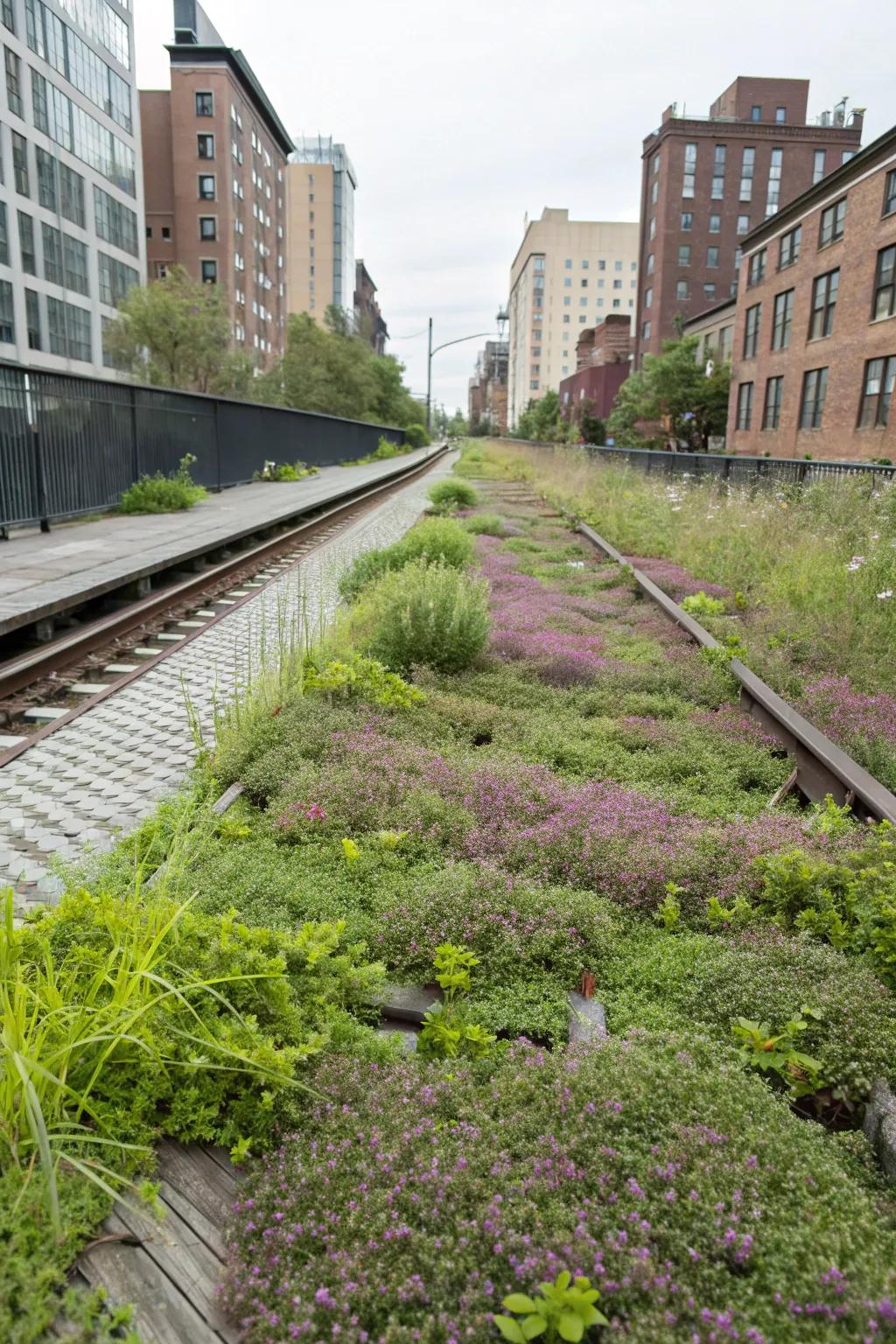
Ground covers are fantastic for filling gaps and preventing weeds. Creeping thyme is my go-to for its fragrance and resilience underfoot.
Check these products out:
- Creeping Thyme Seeds: Transform your space with fragrant and resilient creeping thyme. Ideal for easy, vibrant ground cover.
- Ground Cover Mulch: Enhance your ground cover with mulch to retain moisture and suppress weed growth effortlessly.
- Perennial Ground Cover Mix: Achieve a lush landscape with a perennial mix, ensuring easy maintenance and beautiful coverage.
6. Introduce Ornamental Grasses
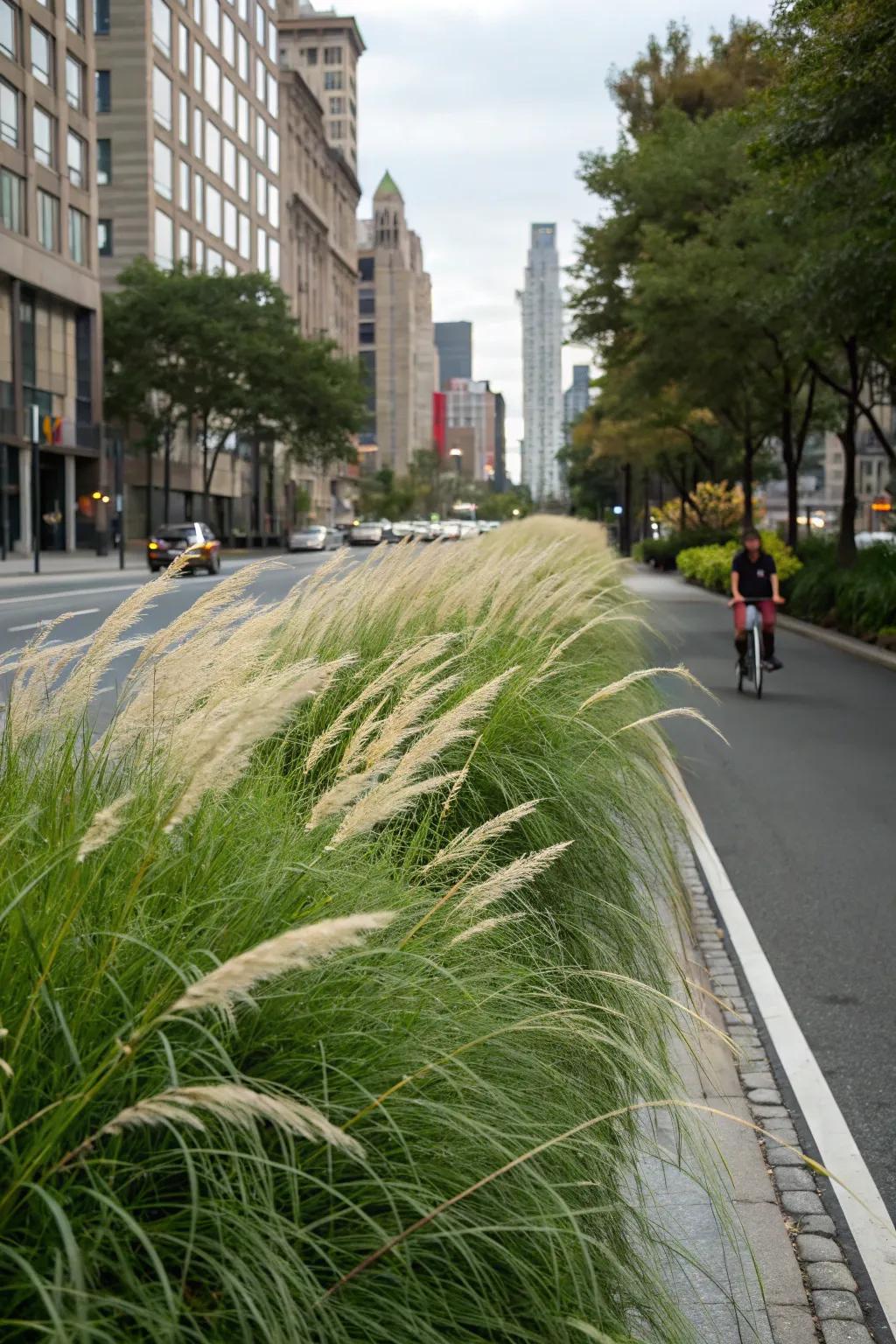
Ornamental grasses add movement and texture. I adore the way they sway in the breeze, offering a calming effect to the space.
A few relevant products:
- Ornamental Grass Seeds Pack: Create a tranquil space with ornamental grass seeds. Easy to sow for effortless beauty.
- Decorative Planter for Ornamental Grasses: Enhance your space with stylish planters. Perfect for showcasing ornamental grasses.
- Garden Shears for Ornamental Grasses: Maintain your ornamental grasses with ease using these sharp, reliable garden shears.
7. Opt for Mixed Textures
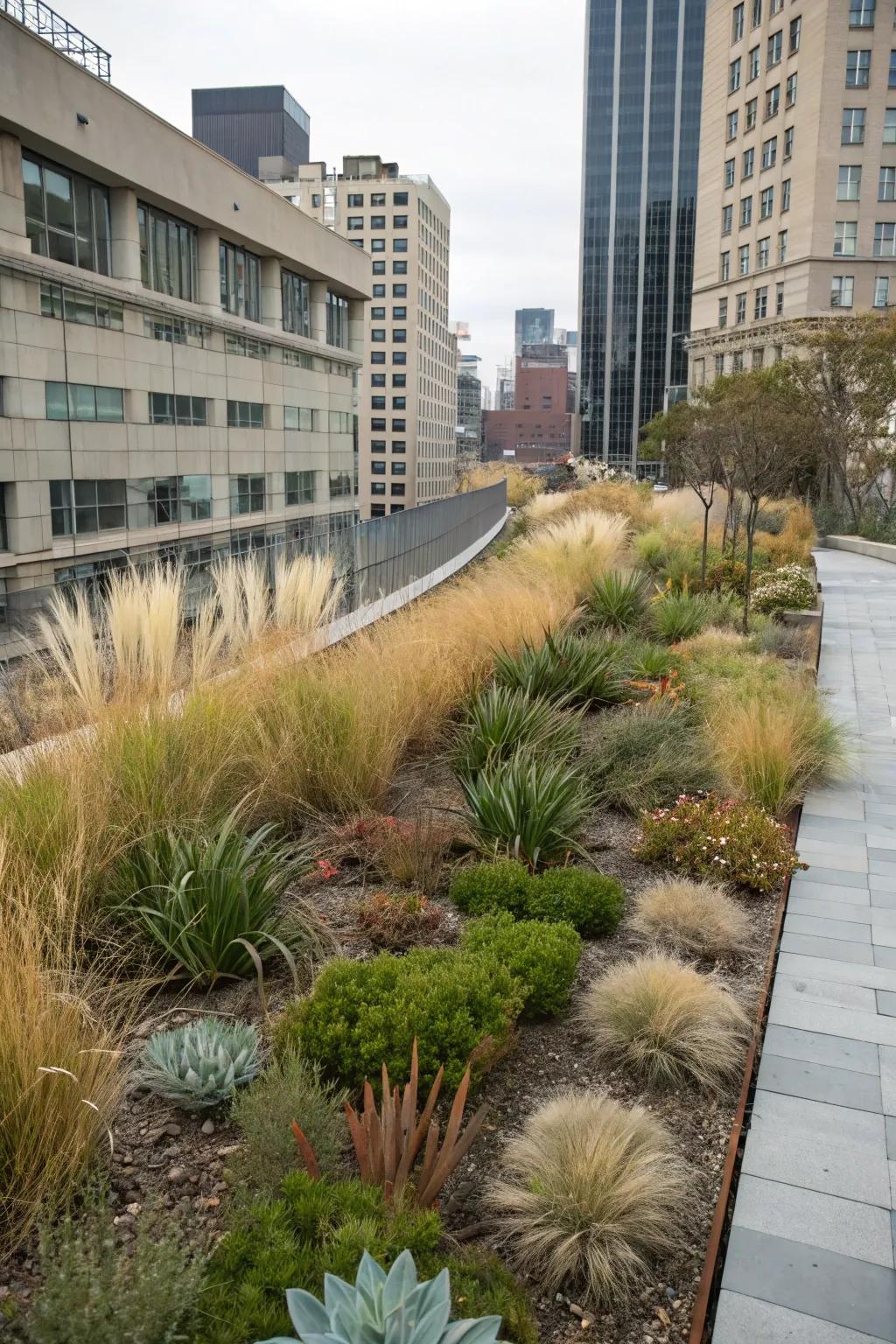
Combining different textures can really elevate your hellstrip. I adore mixing soft grasses with spiky succulents for a delightful contrast.
You might give these a try:
- Artificial Soft Ornamental Grass: Enhance your landscape with low-maintenance ornamental grasses for a lush, soft texture.
- Realistic Faux Succulent Plants: Add vibrant, spiky texture with lifelike faux succulents for a striking hellstrip arrangement.
- Mixed Texture Garden Soil: Ensure healthy growth by using soil designed for diverse plant textures, enhancing your garden’s beauty.
8. Play with Seasonal Interest
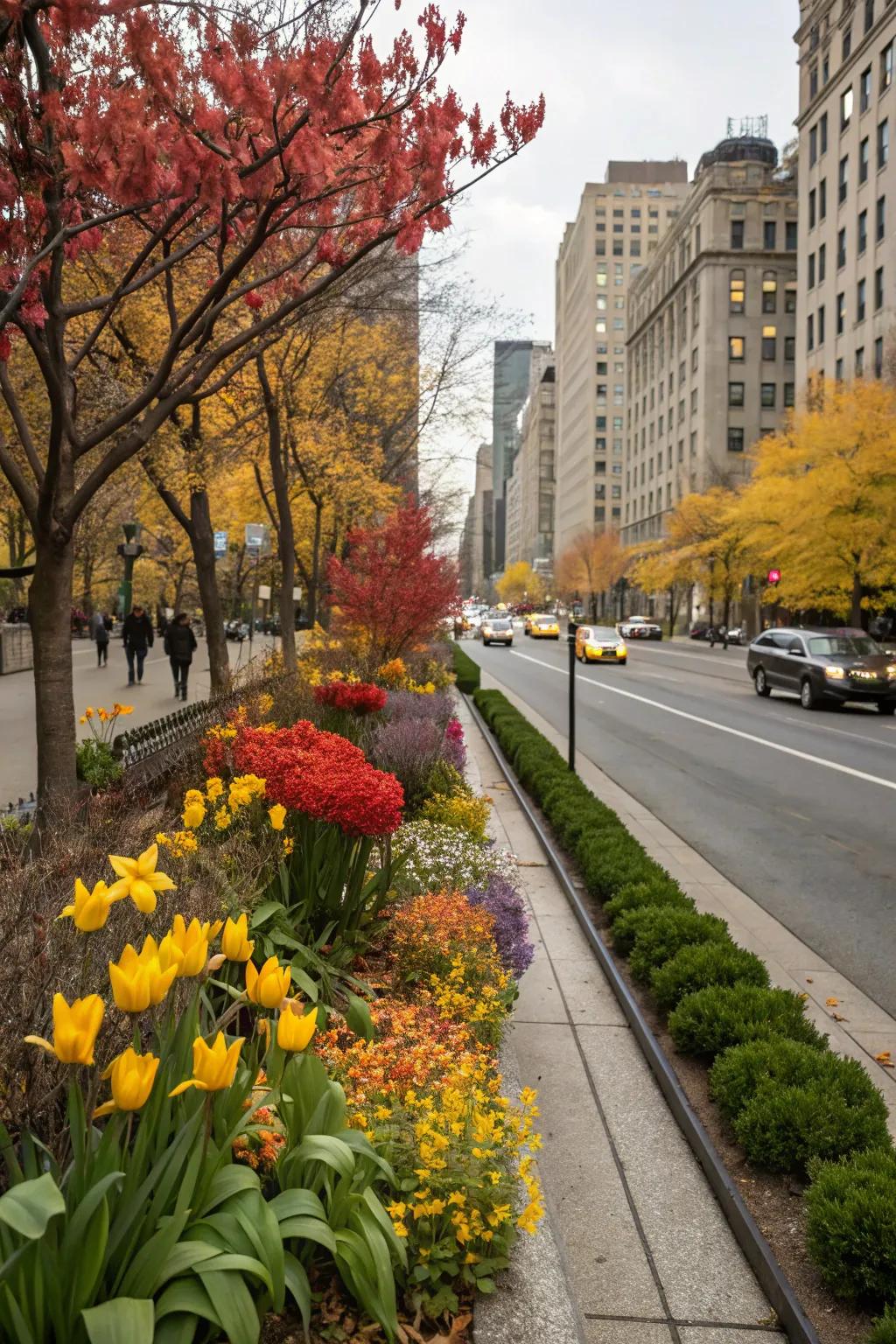
Choose plants that offer something special each season. I love how my hellstrip changes with blooming bulbs in spring and vibrant foliage in fall.
Try these:
- Assorted Flower Bulb Collection: Transform your hellstrip with vibrant spring blooms; easy to plant and enjoy every year.
- Fall Foliage Shrubs: Add stunning autumn colors with low-maintenance shrubs, perfect for lasting seasonal beauty.
- Perennial Colorful Ground Cover: Enjoy year-round color with evergreen ground cover plants that are tough and beautiful.
9. Try Vertical Elements
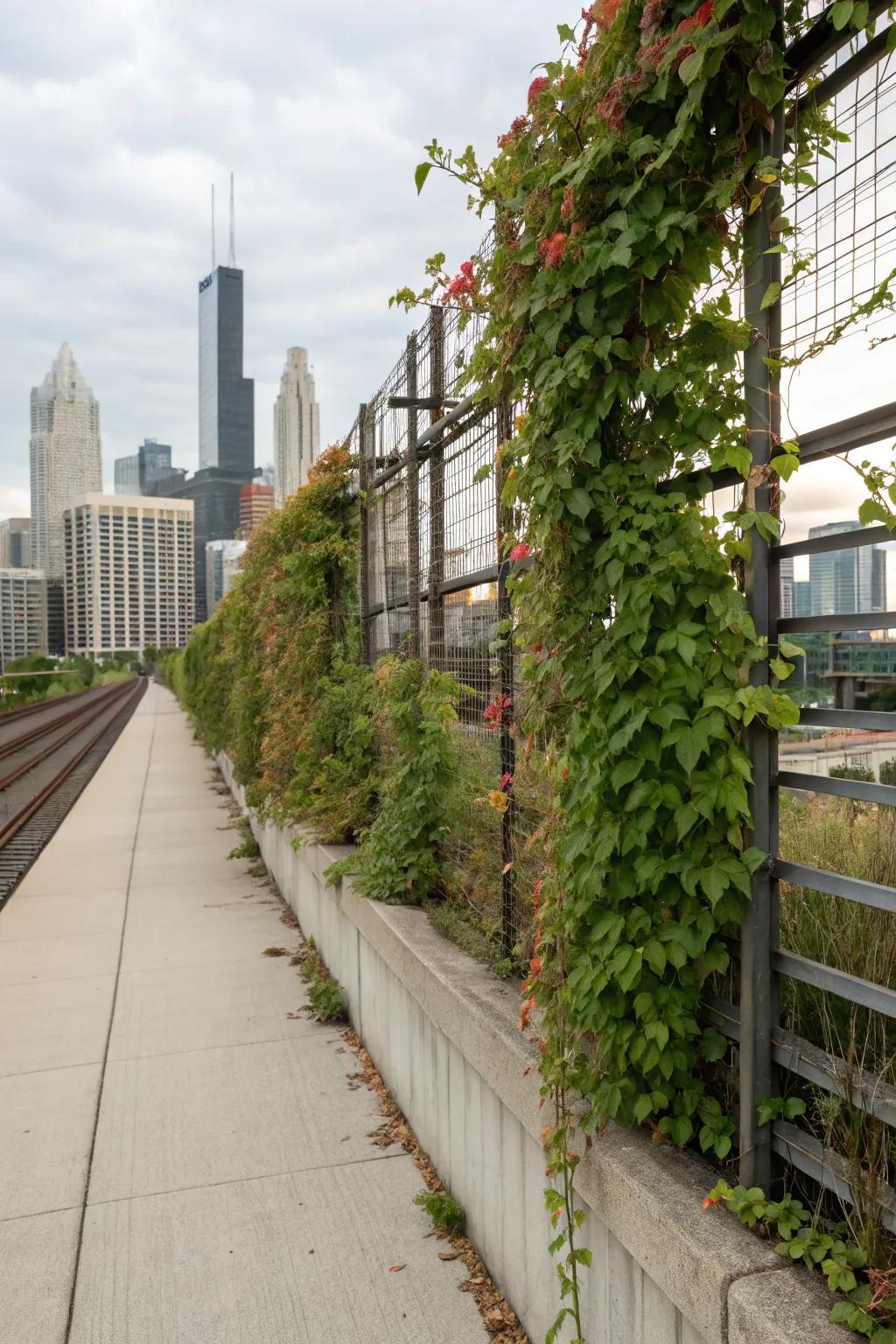
Add height with vertical elements like trellises. I’ve used them to support vining plants, creating an eye-catching vertical garden.
A few suggestions:
- Garden Trellis: Enhance your garden with a trellis to support beautiful vining plants effortlessly.
- Vining Plant Seeds: Start a vibrant vertical garden with vining seeds, perfect for adding lush greenery.
- Trellis Netting: Ensure your plants are supported and thriving by using durable trellis netting today.
10. Incorporate a Stepping Path
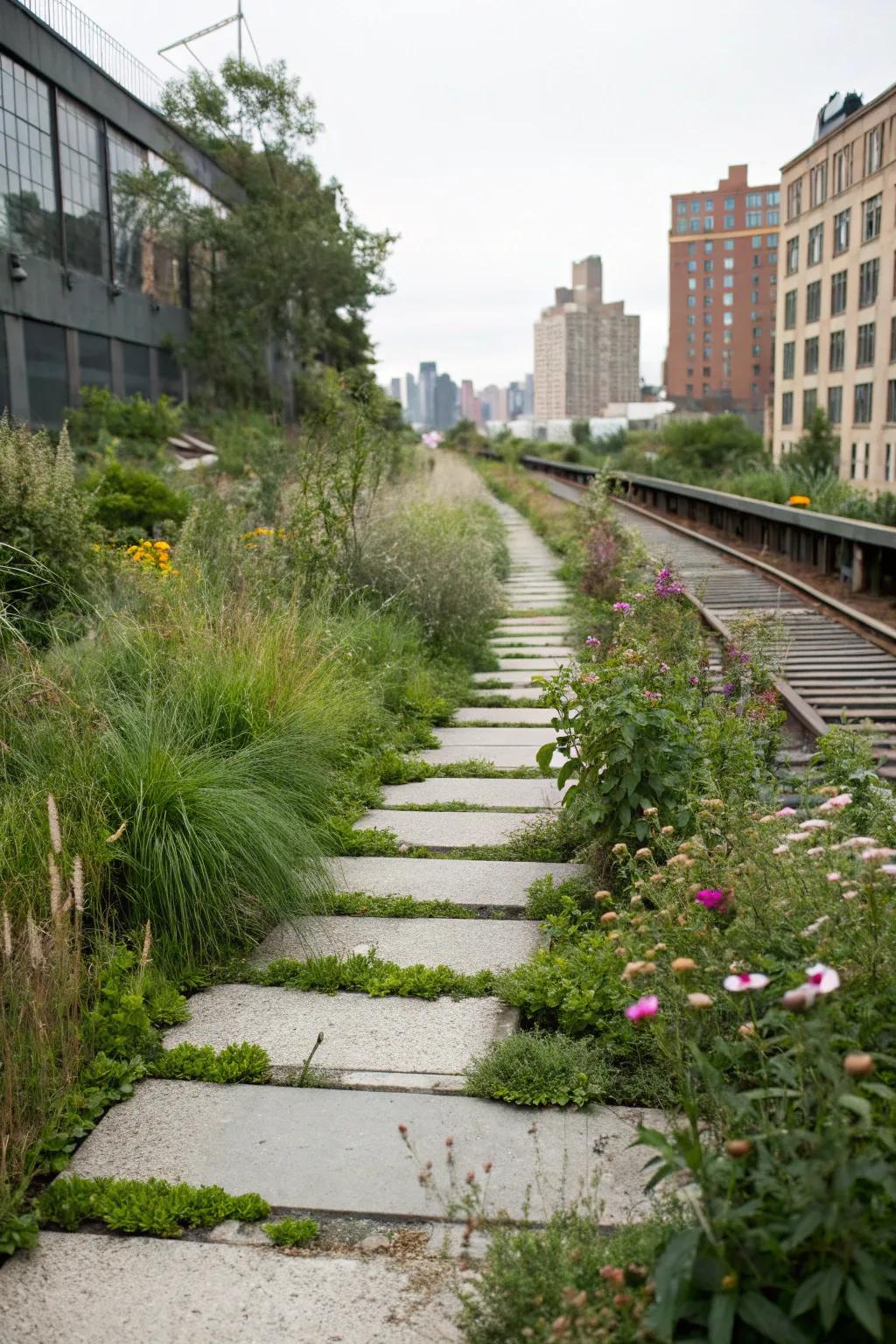
Create a stepping path to guide foot traffic. I’ve used simple stepping stones to prevent trampling and add a playful element.
Possibly helpful picks:
- Concrete Stepping Stones: Enhance your garden path with durable concrete stepping stones for a classic, enduring look.
- Outdoor Landscape Edging: Define your path clearly with flexible landscape edging to keep it tidy and organized.
- Ground Cover Plants: Fill spaces between stones with resilient ground cover plants for greenery and erosion control.
11. Create a Mini Rain Garden
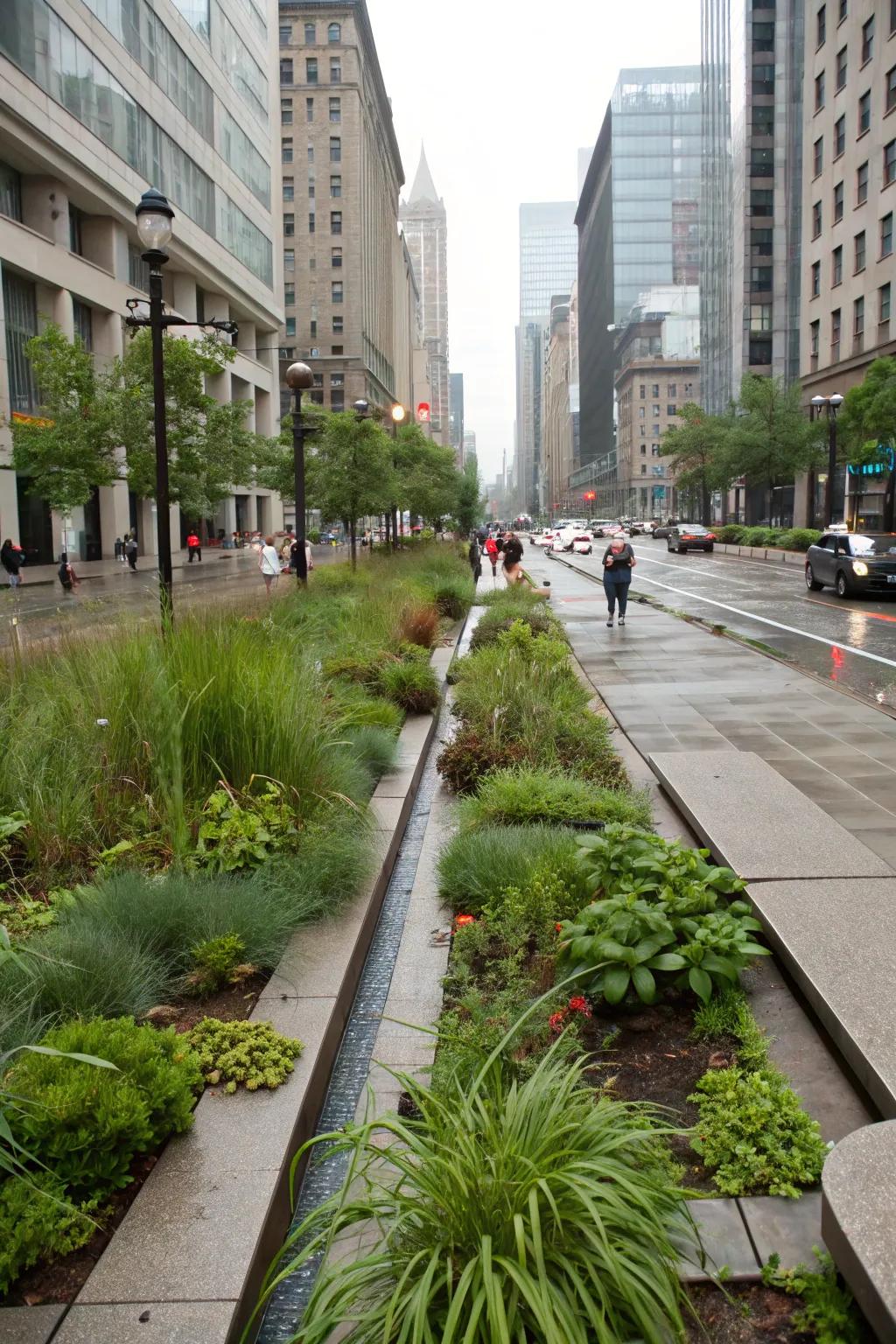
Capture runoff by turning your hellstrip into a rain garden. I’ve experimented with slightly recessed areas to pool water and support moisture-loving plants.
Products that could assist:
- Rain Garden Soil Mix: Enhance drainage and plant health with this specialized soil mix for rain gardens.
- Moisture-Loving Plant Pack: Add vibrancy with plants designed to thrive in wetter conditions of rain gardens.
- Flexible Landscape Edging: Prevent soil erosion and define your rain garden with flexible landscaping edging.
12. Focus on Low-Growers
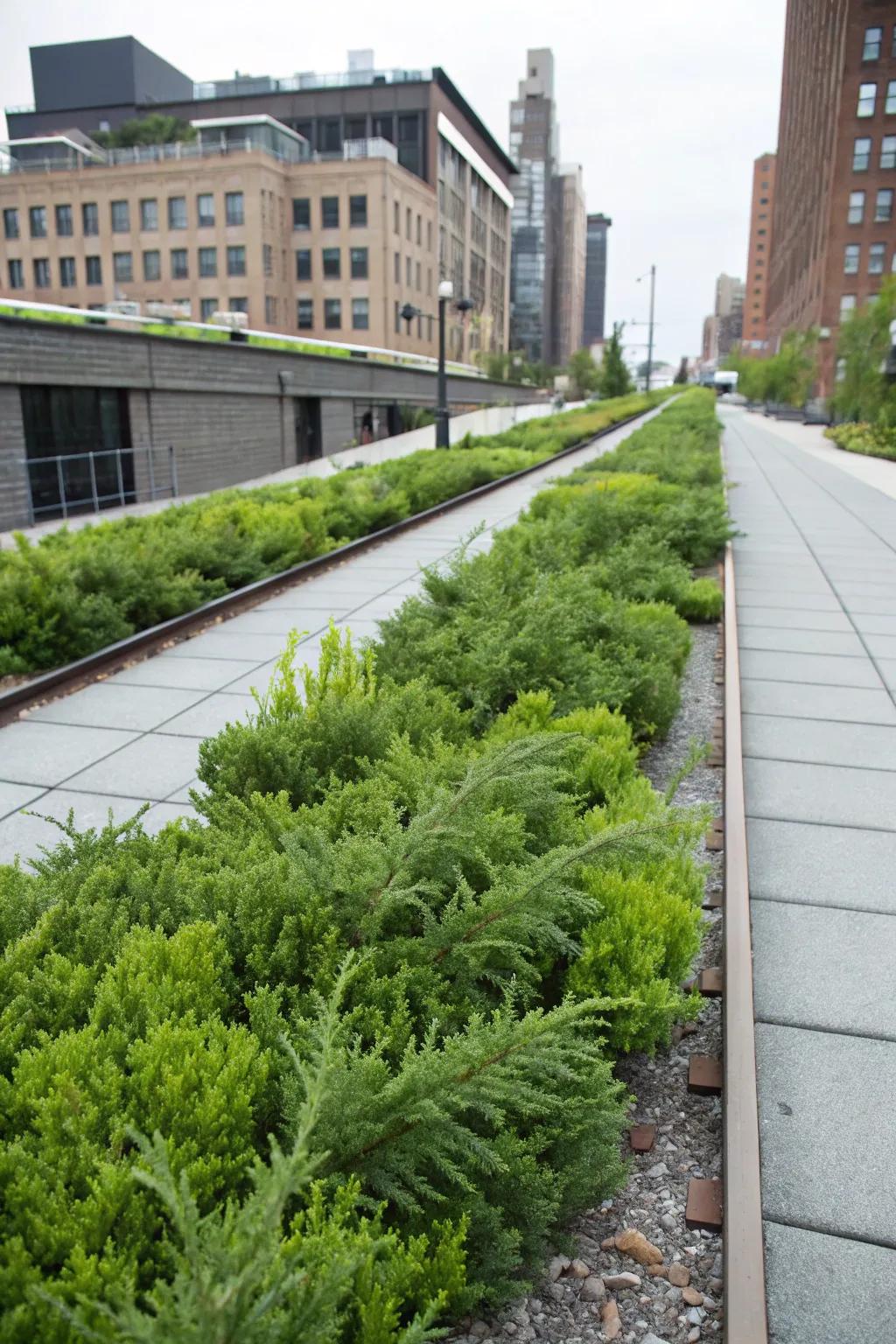
Stick to low-growing plants to maintain visibility. In my experience, low-growers like creeping juniper keep the space open and airy.
A few things you might like:
- Creeping Juniper Live Plant: Enhance your garden with low-maintenance creeping juniper for a lush, green ground cover.
- Low-Growing Sedum Varieties: Incorporate low-growing sedums for vibrant color and minimal care in your hellstrip garden.
- Drought-Resistant Ground Cover Seeds: Opt for drought-resistant seeds to ensure your garden thrives with little water or maintenance.
13. Define with Decorative Edging
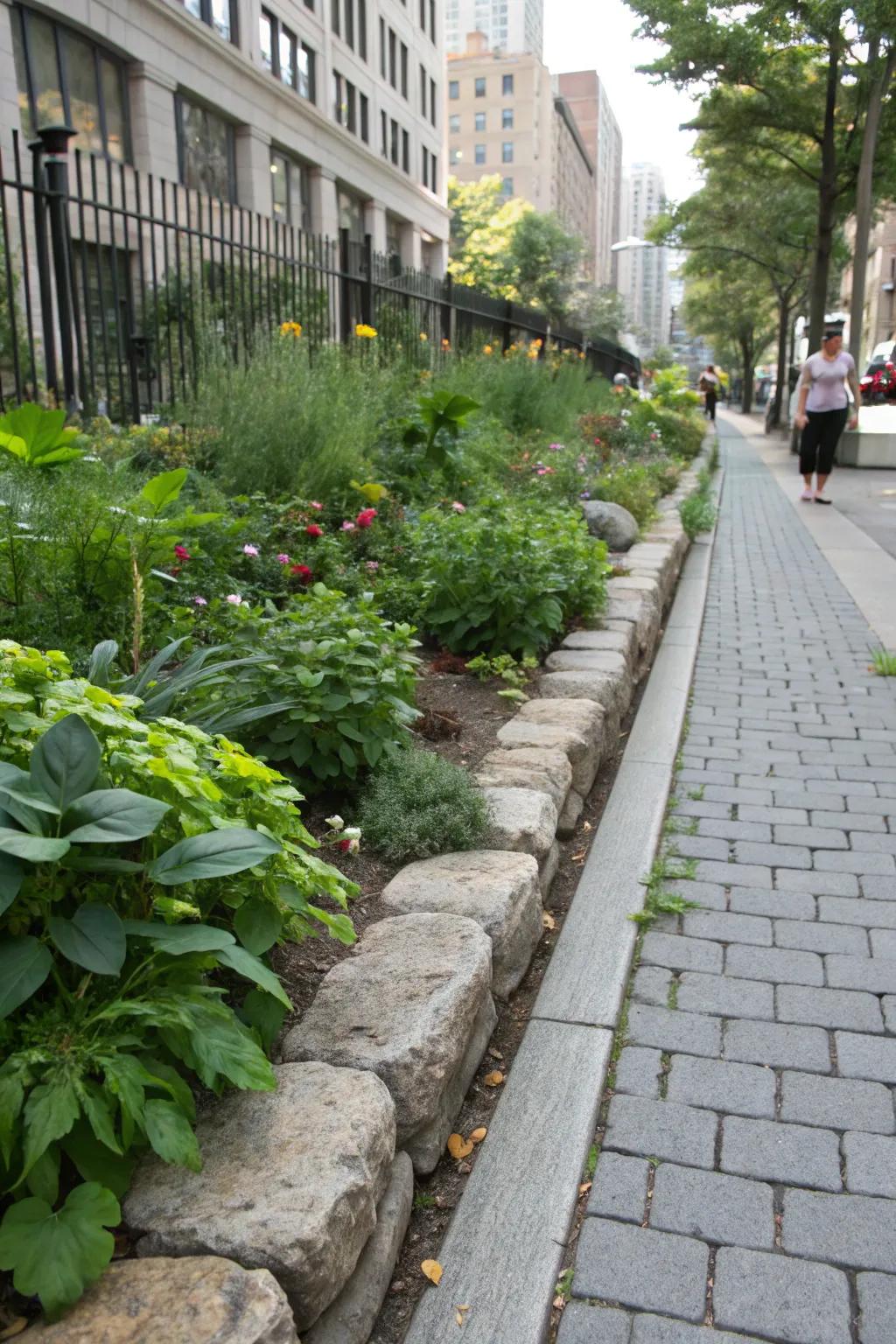
A little edging goes a long way in defining your space. Try using simple stones or low bricks to create a clean separation between your garden and the sidewalk.
Maybe worth checking out:
- Decorative Garden Edging Stones: Enhance your garden’s border with these durable and stylish edging stones for a neat look.
- Low Bricks for Garden Edge: Create a clean boundary with these easy-to-install low bricks, perfect for your garden edge.
- Interlocking Garden Edging: Achieve seamless borders with these interlocking garden edges, designed for simple, tool-free installation.
14. Embrace Edibles
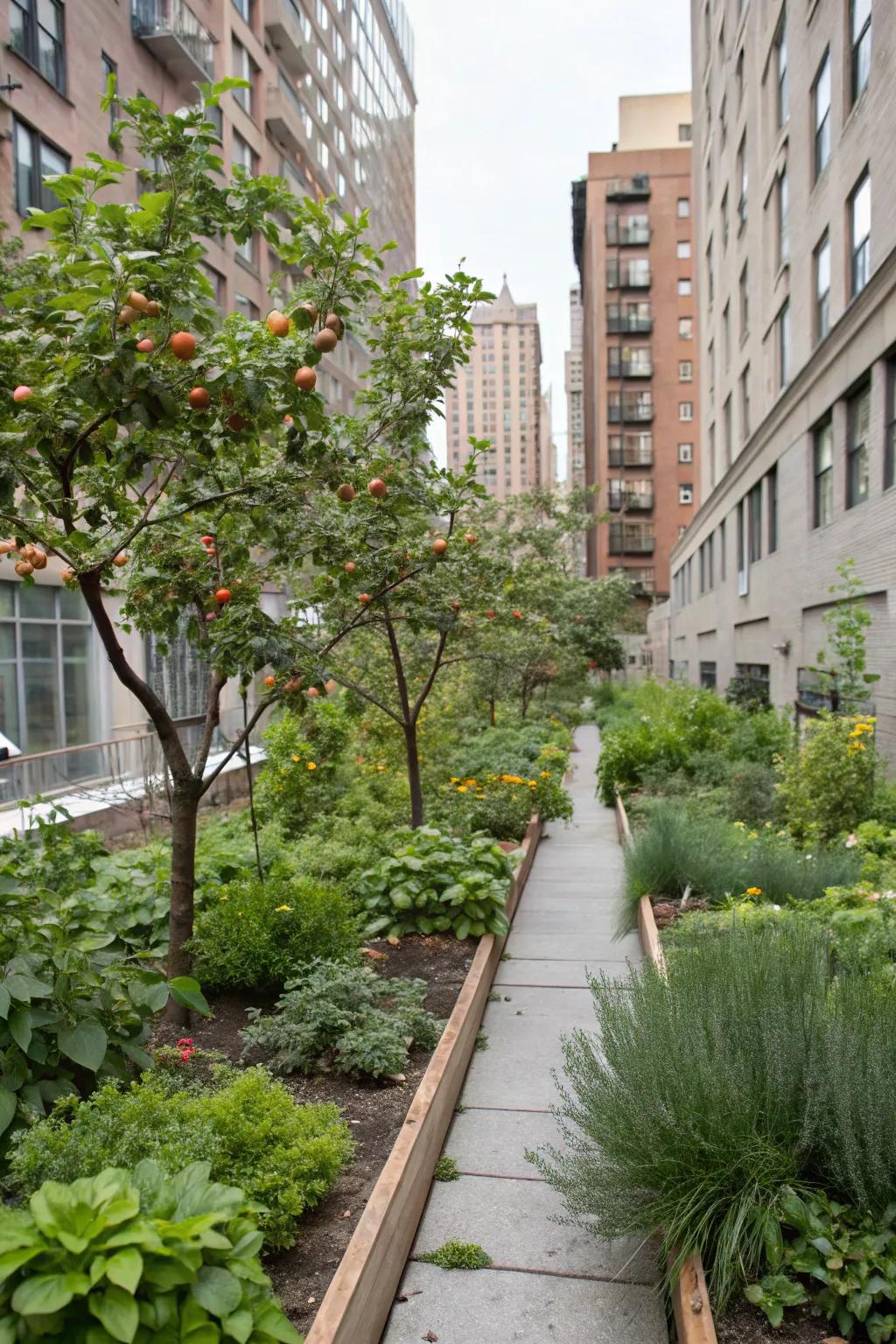
Why not turn your hellstrip into a mini orchard? I’ve planted dwarf fruit trees and herbs, making it both beautiful and bountiful.
A few choices to try:
- Dwarf Fruit Tree Starter Kit: Plant dwarf fruit trees effortlessly and enjoy fresh produce right from your hellstrip. Perfect for beginners.
- Organic Herb Garden Seed Collection: Cultivate an array of aromatic herbs in your hellstrip. Easy to plant and maintain.
- Raised Garden Bed Kit: Easily set up a structured space for your mini orchard with this durable garden bed kit.
15. Utilize Containers
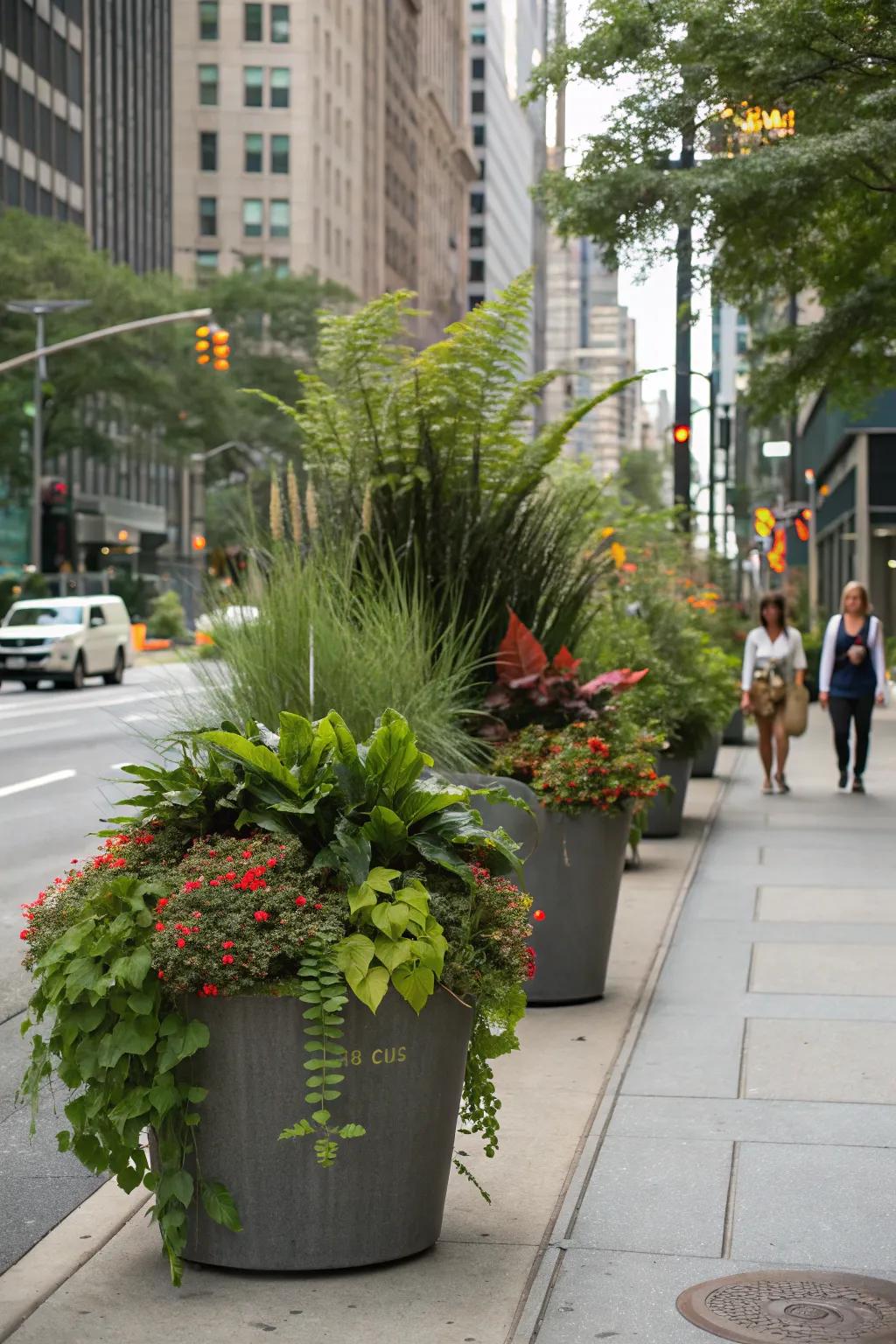
If digging isn’t an option, large containers can work wonders. I’ve used them to house plants with special soil needs or to add height.
Give these a look:
- Large Outdoor Planters: Enhance your space with sizable planters for versatile planting needs. Perfect for urban hellstrips.
- Self-Watering Plant Pots: Reduce maintenance with self-watering pots, ideal for busy urban environments. Keep plants thriving.
- Durable Planter Caddies: Easily move heavy planters with durable caddies. Perfect for rearranging your urban garden.
16. Layer Heights for Depth
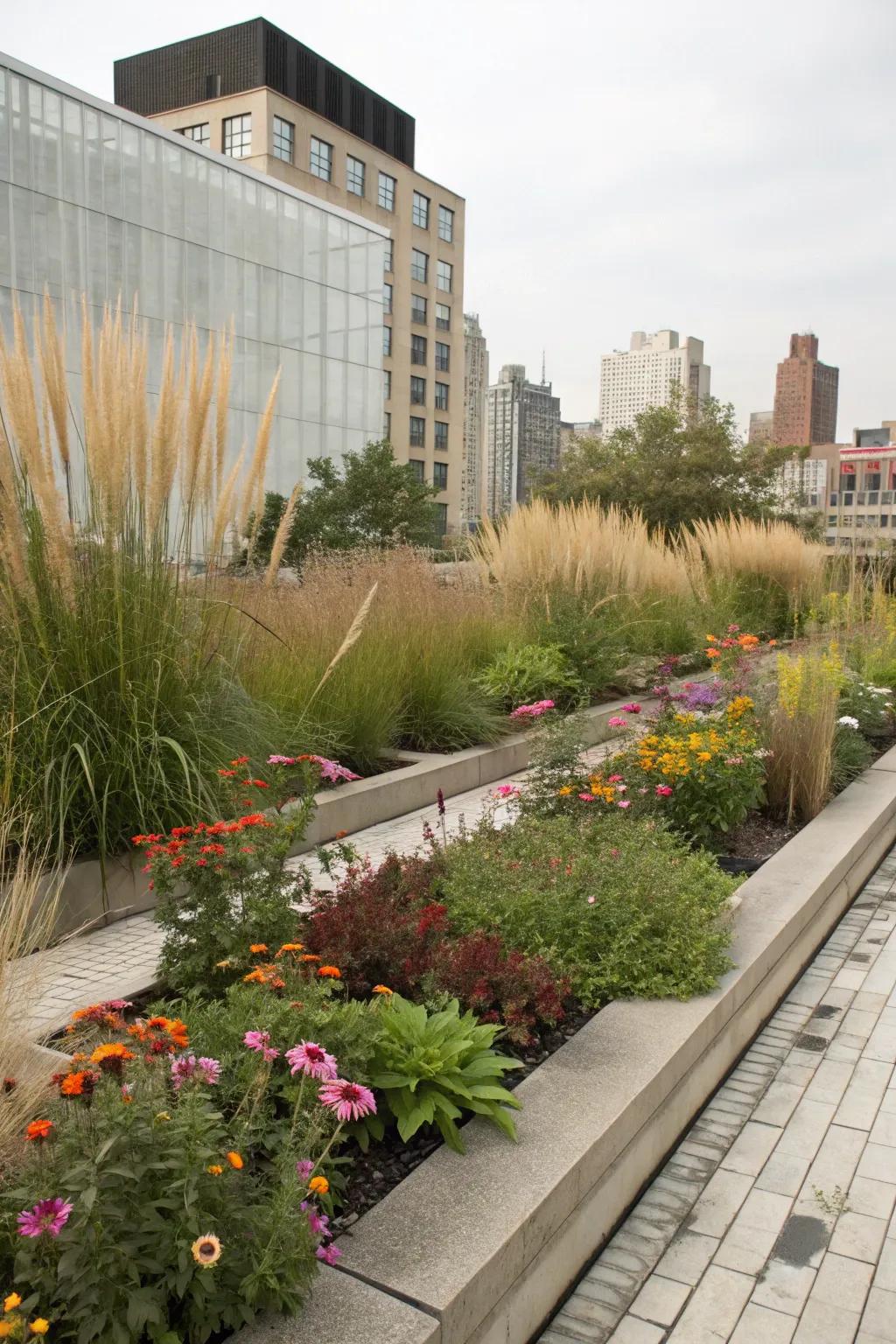
Play around with different plant heights to create visual interest. I like to layer taller grasses at the back and shorter blooms at the front for a lush, dynamic look.
Possibly handy products:
- Ornamental Grass Seeds: Plant these ornamental grasses for an effortless touch of height and movement to your garden.
- Perennial Flower Mix: Enhance your garden’s beauty with a colorful mix of easy-care perennial blooms.
- Garden Soil Mix: Nourish your plants with a quality soil mix for healthier growth and vibrant blooms.
17. Integrate Seating
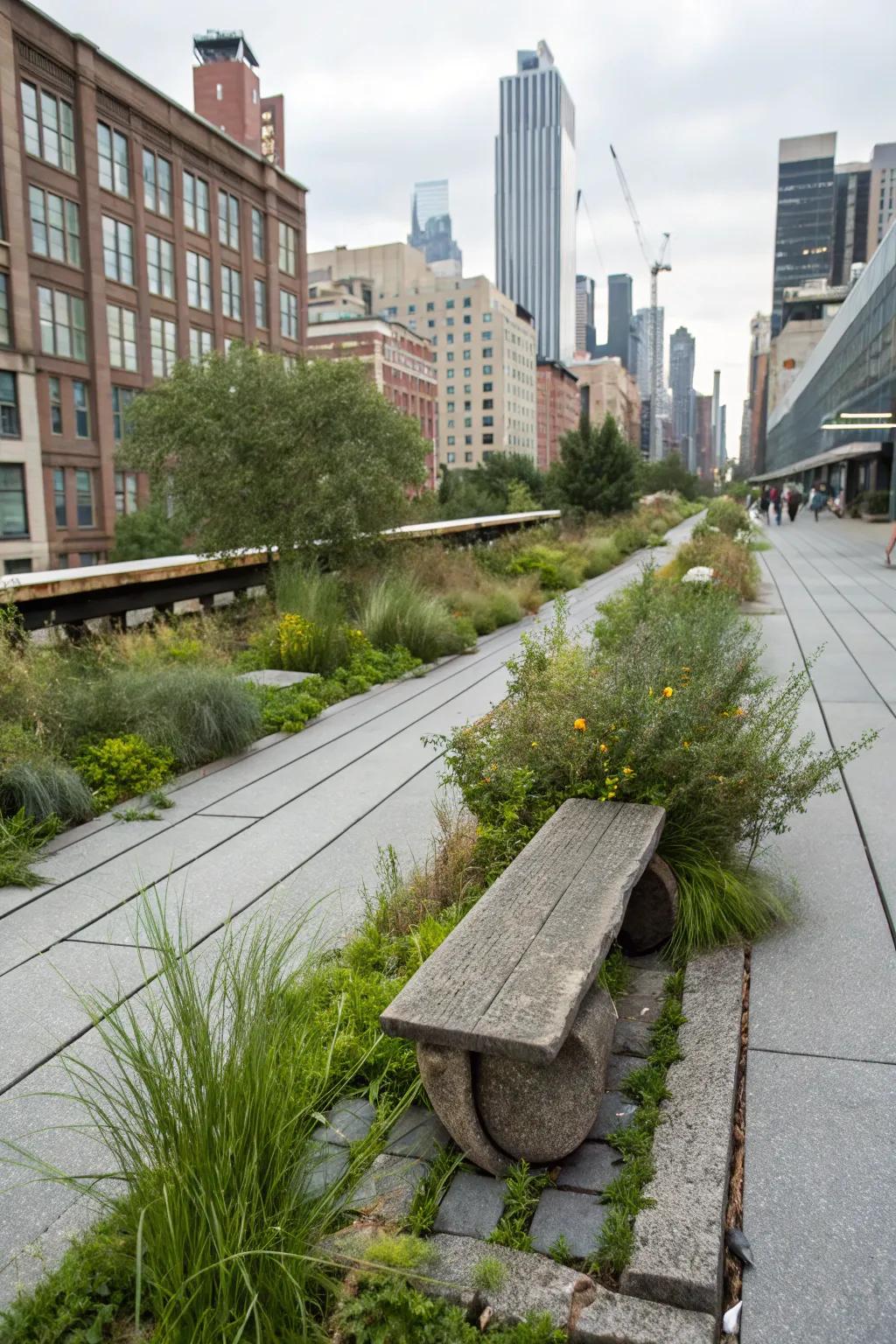
Add a bench or a couple of stones for seating, making your hellstrip inviting. In my experience, it’s a great way to enjoy your garden up close.
Check if these fit your needs:
- Outdoor Stone Bench: Add elegance and durability to your garden space with this classic stone bench.
- Weatherproof Wooden Seating: Enjoy natural warmth in your hellstrip with a sturdy weatherproof wooden bench.
- Garden Patio Chair: Enhance your outdoor experience with comfortable and stylish garden patio chairs.
18. Add a Touch of Color with Perennials
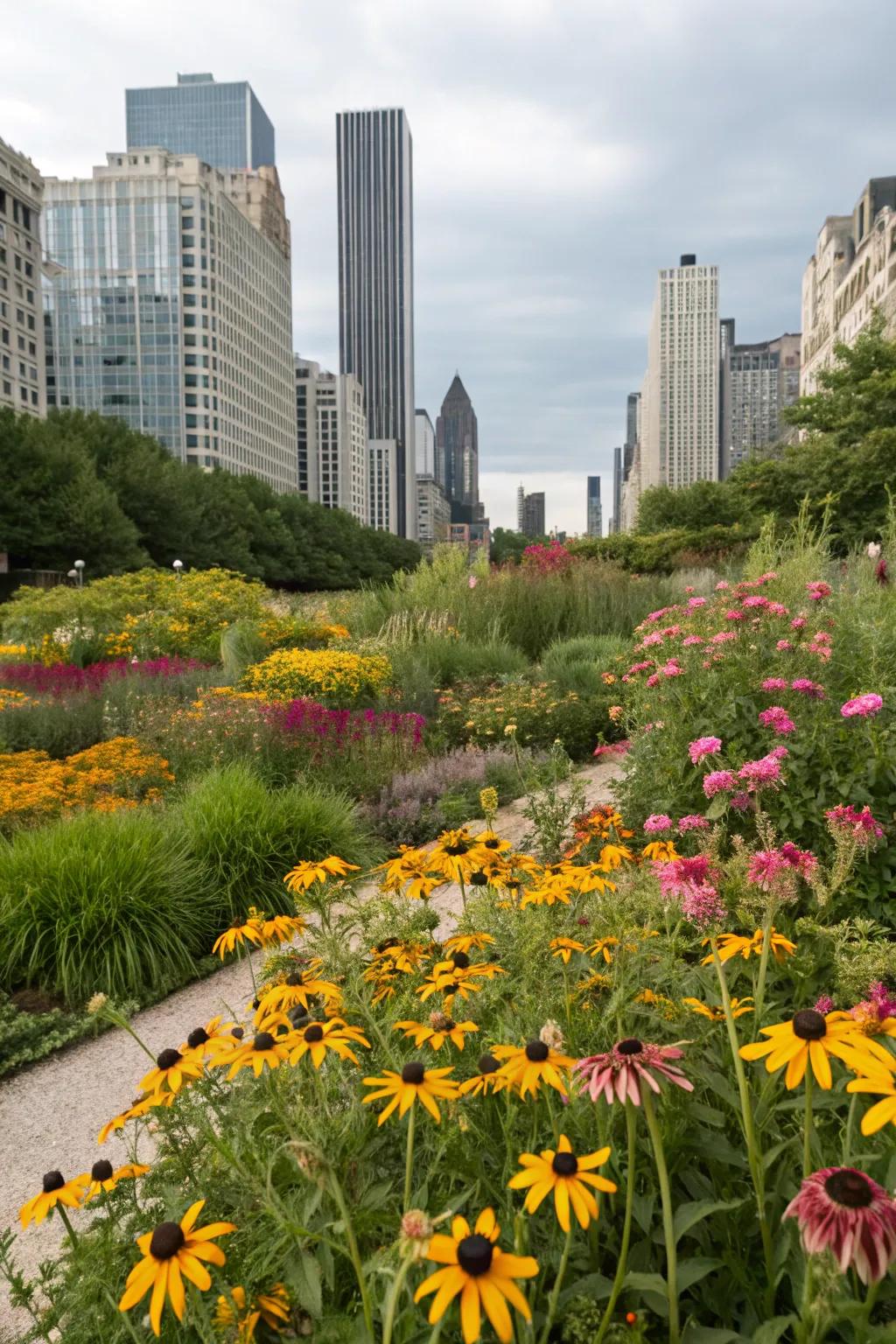
Perennials are perfect for adding lasting color without the yearly replanting. I’ve found that black-eyed Susans and coneflowers bring vibrant hues with minimal fuss.
Consider these options:
- Perennial Flower Seed Mix: Transform your garden with lively colors and effortless beauty using these perennial flower seeds.
- Gardening Hand Tools Set: Equip yourself with essential tools for easy planting and maintenance of stunning perennials.
- Organic Plant Fertilizer: Enhance the growth and vibrancy of your perennials with this effective organic fertilizer.
